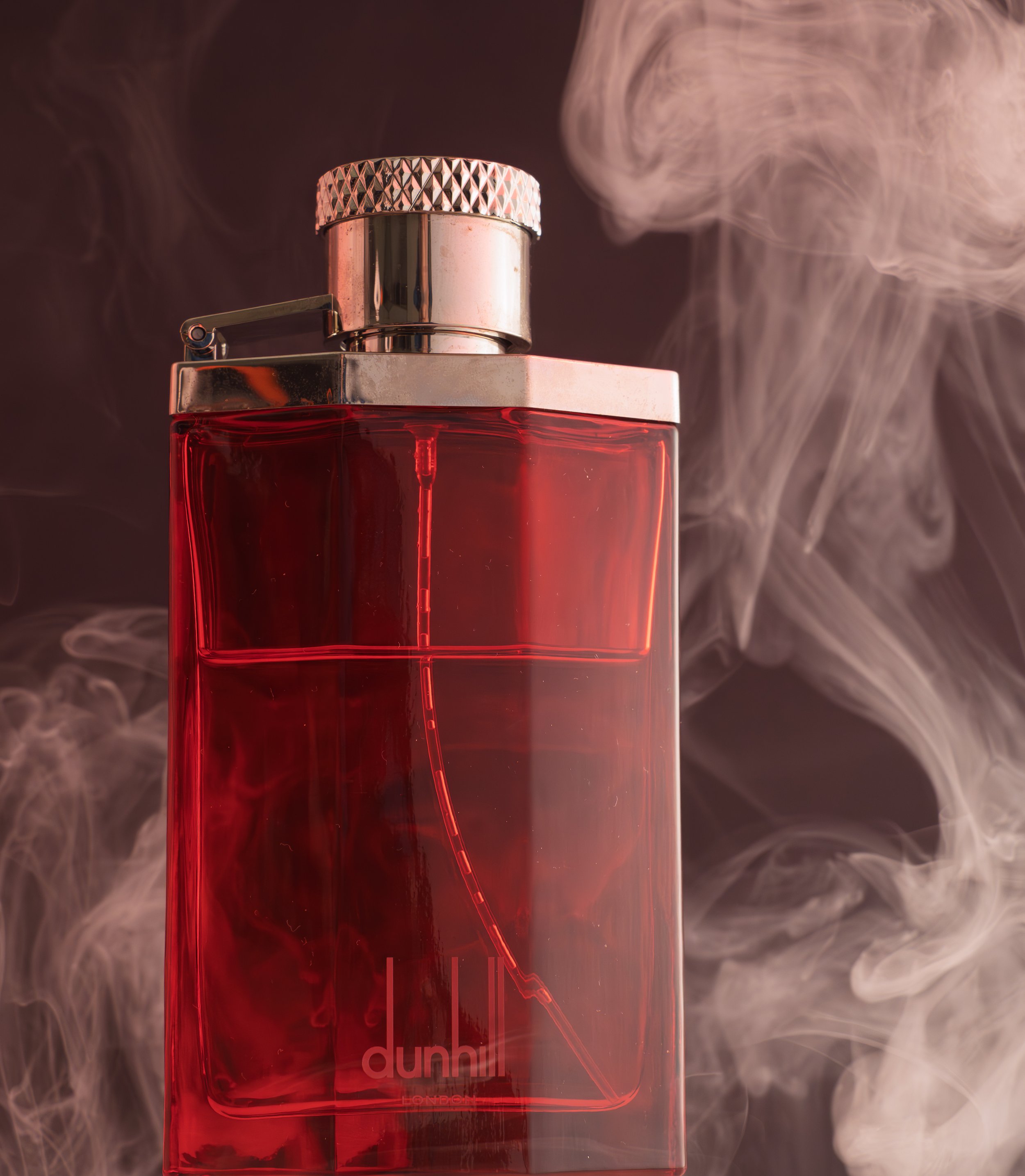Fashion & Product Photography
Light, Shadow, and the Object as Character
There’s a moment in every shoot — a stillness — where the object stops being what it is. Not a bottle. Not a watch. Not a texture. It becomes something else. Not larger, not symbolic, just... fully present. That’s the moment I wait for, and that’s the kind of product photography I do.
I didn’t arrive here through advertising or e-commerce. I came through portraiture and editorial. Through fashion lighting. Through the slow realization that light isn’t a technique — it’s a decision. And that the best product images aren’t about selling features — they’re about evoking something else: presence, desire, form, memory.
I remember a shoot I did with a diver’s watch — a heavy tool of brushed steel and deep shadows. I didn’t light it like a product. I lit it like a character from a film noir. The setup was minimal: a slab of wet rock, a shallow pool of fog creeping across it, a human silhouette emerging from the surf behind. The watch was in the foreground, under hard edge light, glowing faintly in its dial lume. That image didn’t list product specs. It didn’t even show the full strap. But it told a story of survival, precision, and ritual. People remembered that shot because it made them feel something about time — not just about the watch.
That’s the point.
The Object as Character
Fashion photography taught me that light can express more than visibility. You can light a garment for shape, or you can light it to say something about mood, or context, or control. I started applying that logic to objects. To watches. To perfume bottles. To razor edges and sculpted glass. What would happen, I wondered, if I lit this not like a product, but like a portrait?
In one fragrance shoot, the bottle wasn’t just centered and filled. It was standing alone on a bed of charred wood. Behind it, a fog machine pushed light through haze. Above it, a line of lasers sliced faint beams through the smoke — not for effect, but to outline the shape of the bottle like a skyline. The result wasn’t sterile. It was narrative. It asked the viewer to consider the object’s mystery, not just its form.
This approach means slowing down. It means observing how brushed steel pulls contrast from shadows. It means watching how textured backgrounds breathe differently under hard light. It means sometimes leaving dust in the frame — not out of laziness, but because a completely polished object has no history, and no soul.
On Grit and Imperfection
We’re taught in commercial work that the goal is control. Perfect surfaces. Clean reflections. Sharp detail. But editorial photography lives in tension — and in photography, tension lives in the imperfection. The barely visible scratch on a glass edge. The light leak across a matte backdrop. The smoke that doesn’t settle evenly.
These aren’t flaws. They’re texture. I once left a small fingerprint on the underside of a bottle intentionally — because the scene I was building wasn’t about perfection. It was about touch. About proximity. About presence.
Fashion accepts this. So should product work.
Light as Intent, Not Tool
I use hard light a lot. Not to be dramatic, but because it defines shape. It creates contrast that forces form to appear. You can see this in my watch work — when the case edge becomes a thin white halo, and the face disappears into the dial. That’s not loss. That’s design. It tells the eye where to land.
In fragrance photography, I often use a narrow beam and a block — creating a pool of exposure surrounded by darkness. That pool is the stage. It allows the glass to glow, the label to whisper instead of shout. This isn’t accidental. It’s choreography. The light reveals only what’s needed, and nothing more.
And sometimes, it conceals. Because mystery, too, has value.
From Feed to Frame
Instagram is a gallery. Pinterest is a visual library. But a blog, for me, is a place for full thoughts — not captions. That’s why I’ve started writing these entries. To explain not just how I shoot, but why I shoot the way I do.
What you’ll find here are notes from the studio. Reflections on light. On material. On what it means to create a still image in a world that scrolls.
These are not tutorials. They are not case studies. They are conversations — with the work, with the tools, and with you.
If you're a brand, a designer, or a creative director looking for visuals that don’t just show what your product is, but suggest what it means — this is the kind of work I do.
Not just photography. Character studies. Lit in shadow. Framed with intention. Always editorial. Never empty.


